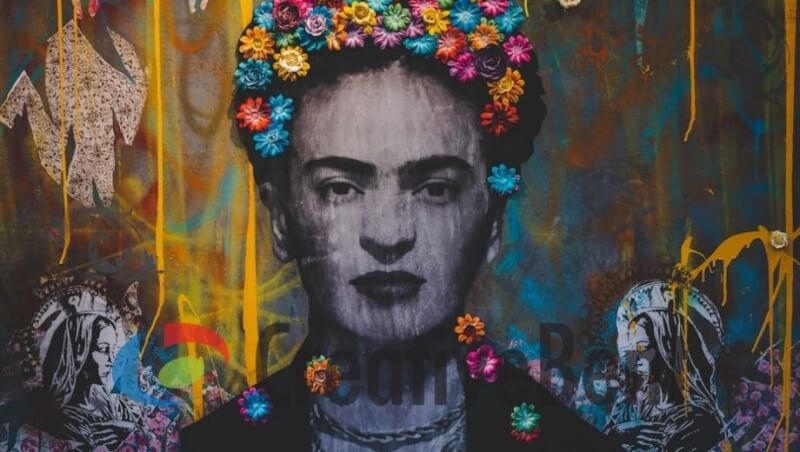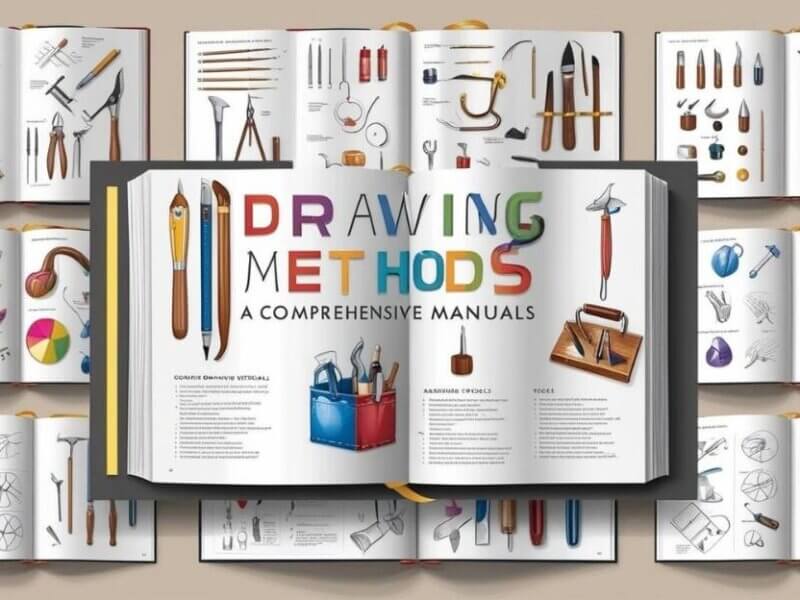
Frida Kahlo, born Magdalena Carmen Frida Kahlo y Calderón on July 6, 1907, in Coyoacán, Mexico City, is regarded as one of the most famous and influential artists of the twentieth century. Her extremely intimate and expressive self-portraits have captivated audiences all over the world while also exploring important themes of identity, pain, and empowerment. Kahlo’s paintings conveyed her experiences, hardships, and tenacity, making her a symbol of strength and originality.
Early Life and Influences
Kahlo’s early life was characterised by both cultural riches and personal adversity. Her father, Guillermo Kahlo, was a German photographer who moved to Mexico, while her mother, Matilde Calderón y González, was of Spanish and Indigenous ancestry. This cultural blend had a significant impact on Kahlo’s identity and artistic expression.
Kahlo got polio when she was six, causing her right leg to be thinner than the left. This physical difficulty provided an early introduction to suffering and loneliness, themes that would later pervade her artwork. Despite her health concerns, Kahlo was a curious and intellectual child who was deeply interested in Mexican culture and politics.
In 1922, Kahlo enrolled in Mexico City’s National Preparatory School, a distinguished institution with few female students. She joined a group of politically and intellectually active students and was introduced to Mexican muralists such as Diego Rivera, who would later become her husband.
The Pivotal Accident and Artistic Genesis
Kahlo was 18 years old when her bus collided with a streetcar, resulting in a terrible disaster. She suffered significant injuries, including fractures of her spine, pelvis, and right leg. During her extended rehabilitation, Kahlo began painting as a way to cope with her physical and emotional agony. Her mother gave her a unique easel that allowed her to paint while bedridden, and a mirror was installed over her bed so she could serve as her own model.
This period marked Kahlo’s first foray into self-portraiture. She went on to say, “I paint myself because I am so often alone and because I am the subject I know best.” Her early works are a genuine and honest exploration of her identity, pain, and the intricacies of her life.
Self-Portraits: Mirrors of Identity and Emotion
Kahlo’s self-portraits are well-known for their vibrant imagery and symbolic themes. Through them, she explored her own experiences, cultural identity, bodily pain, and emotional torment.
Exploring Duality in “The Two Fridas”
Kahlo’s “The Two Fridas” (1939) is a double self-portrait with two representations of herself seated side by side, holding hands. One Frida wears a traditional Tehuana outfit to represent her Mexican origin, while the other wears a European-style white dress to show her mixed lineage and the influence of Western society. The exposed hearts and the blood vessels that connect them represent her inner suffering and the duality of her identity. This picture depicts her internal battle with her various ethnic identities and personal experiences.
Physical and Emotional Pain in “The Broken Column”
“The Broken Column” (1944) is a moving depiction of Kahlo’s physical pain. She represents herself with a fractured column replacing her spine, her body supported by straps, and tears flowing down her cheeks. The bleak landscape in the background echoes her feelings of melancholy. This portrait effectively shows her lasting pain and tenacity in the face of ongoing medical issues.
Cultural Identity in “Self-Portrait on the Borderline”
Kahlo’s “Self-Portrait on the Borderline Between Mexico and the United States” (1932) juxtaposes the industrialised United States with traditional Mexico. She holds the Mexican flag, emphasising her connection to her hometown amidst the diverse scenery. This painting represents both her condemnation of industrialisation and her great pride in Mexican culture.
Symbolism and Personal Narrative
Kahlo’s self-portraits are full of symbolism, with aspects that reflect her personal story and inner world.
Nature and Animals
Kahlo frequently used flora and fauna in her self-portraits, representing fertility, life, and her connection to nature. Monkeys, hummingbirds, and butterflies are common sightings, each with its own significance. For example, in “Self-Portrait with Thorn Necklace and Hummingbird” (1940), the hummingbird, a traditional sign of love, hangs motionless, presumably symbolising her turbulent relationship with Rivera. The thorn necklace represents her sorrow and martyrdom, while the black cat and monkey add layers of meaning based on superstition and her humorous temperament.
Religious and Indigenous Imagery
Kahlo’s use of religious and indigenous iconography illustrates her explorations of spirituality and identity. In “Self-Portrait as Tehuana” (1943), she wears a native Zapotec hat to demonstrate her affinity to indigenous culture. This not only demonstrates her pride in her background, but it also questions colonial and patriarchal conventions of the time.
Empowerment Through Art
Kahlo’s art went beyond personal expression; it became a tool for empowerment and societal commentary. Her self-portraits challenged societal expectations, gender norms, and cultural stereotypes.
Defying Gender Norms
In “Self-Portrait with Cropped Hair” (1940), Kahlo depicts herself in a man’s suit, holding scissors and surrounded by shorn hair. The accompanying lyrics say, “Look, if I loved you, it was for your hair. Now you’re bald, I don’t love you anymore,” suggests a defiance against traditional female roles and the expectations placed upon them.
Through her self-portraits, Frida Kahlo gave the world more than just works of art; she told a story of resiliency, empowerment, and an unwavering search for oneself. Her works, which are brimming with feeling and honesty, continue to question our conceptions of art, identity, and existence while inspiring us.





Thanks for sharing. I read many of your blog posts, cool, your blog is very good.